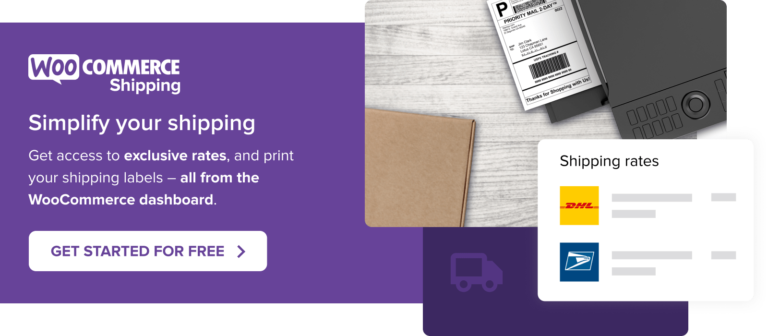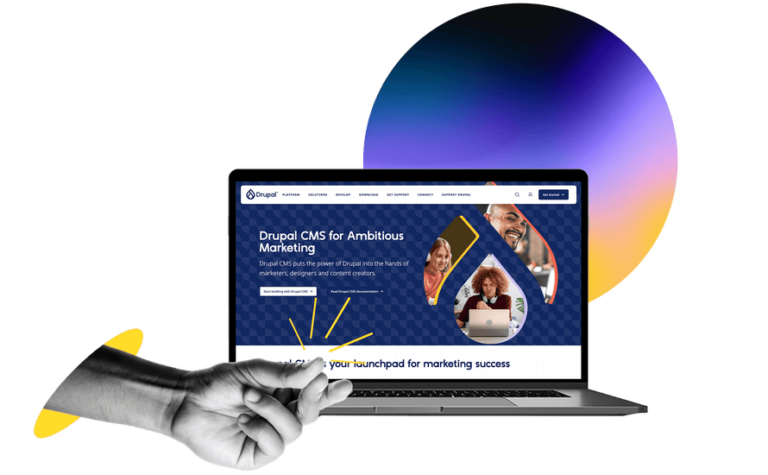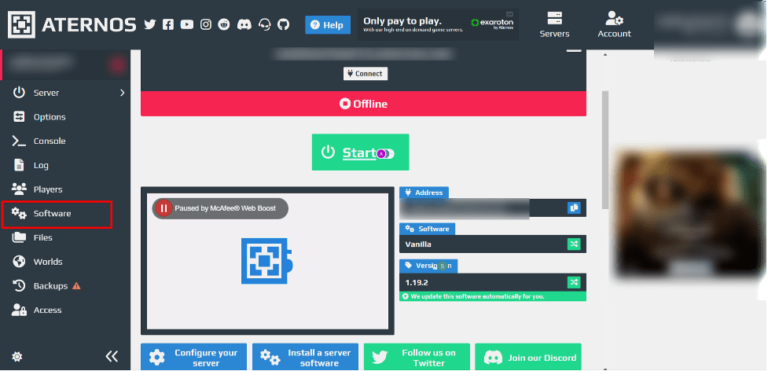Here is a rewritten version of the article, maintaining the original meaning while improving clarity, flow, and structure:
—
How to Integrate n8n With Google Sheets: A Step-by-Step Guide
March 28, 2025
Integrating n8n with Google Sheets enables seamless automation between your spreadsheets and other applications. This powerful combination can streamline repetitive tasks, improve data accuracy, and optimize workflows.
In this guide, we’ll walk you through the process of connecting Google Sheets to n8n, including setup, configuration, and real-world examples. We’ll also share expert tips to keep your automations secure and efficient.
Getting Started: Connecting n8n to Google Sheets
n8n is an open-source workflow automation tool that allows you to connect various services, including Google Sheets. Let’s begin by setting up n8n and preparing your Google Sheets integration.
Step 1: Install and Configure n8n
While n8n offers a cloud version, self-hosting it on a Virtual Private Server (VPS) gives you more flexibility and control. You can use a basic VPS with at least 4 GB SSD and 2 GB RAM.
Hostinger offers affordable VPS plans starting at $4.99/month, including one-click n8n installation using a pre-configured OS template. Alternatively, you can install n8n manually by following Hostinger’s installation tutorial.
Once installed, access n8n via your server’s IP address on port 5678 (e.g., http://your-ip:5678) or a custom domain like n8n.yourdomain.com. Complete the setup by creating an admin account and a new project.
Need help? Watch the full video tutorial on Hostinger Academy’s YouTube channel.
Step 2: Generate Google API Credentials
To allow n8n to access your Google Sheets, you’ll need to create API credentials through the Google Developer Console:
1. Go to the Google Developer Console and log in.
2. Click “Create Project,” name it, and confirm.
3. Navigate to “OAuth consent screen” in the sidebar and click “Get started.”
4. Provide your app name and support email, then click “Next.”
5. Choose “External” as your user type (unless using Google Workspace), then continue.
6. Enter a contact email, agree to the terms, and click “Create.”
7. On the OAuth Overview page, click “Create OAuth client.”
8. Choose “Web application” as the app type, name it, and click “Create.”
You’ll receive a Client ID and Secret Key—save these securely, as you’ll need them to connect Google Sheets to n8n.
Before moving on, enable the Google Sheets API:
– Go to “Library” in the Developer Console.
– Search for “Google Sheets API” and click “Enable.”
Keep this page open; you’ll need it again shortly.
Step 3: Add Google Sheets to Your n8n Workflow
Now that you have your credentials, it’s time to integrate Google Sheets into n8n:
1. On your n8n dashboard, click “Create Workflow.”
2. Add a new node by clicking the “+” icon and selecting “Google Sheets.”
3. In the node’s settings, click “Create new credential.”
4. Enter your Google Client ID and Secret Key.
5. Copy the OAuth Redirect URL provided by n8n.
6. Go back to your Google Developer Console and add this URL under “Authorized redirect URIs.”
7. Save the changes, return to n8n, and click “Sign in with Google.”
8. Once authenticated, select your spreadsheet and sheet from the dropdown.
Congratulations! Google Sheets is now connected to your n8n workflow. You can now build automations using this integration.
⚠️ Note: OAuth credentials may take a few hours to become fully active. If you encounter errors, add your Google account as a test user under the “Audience” section in the Developer Console.
Popular n8n + Google Sheets Workflow Examples
Let’s look at a few practical use cases that demonstrate the power of this integration.
1. Importing and Exporting Data
You can automate the transfer of data between Google Sheets and other platforms. For example, you might:
– Collect form submissions from Typeform
– Store the responses in Google Sheets
– Add the contacts to a Mailchimp mailing list
This workflow could include nodes for Typeform, Google Sheets, Mailchimp, and even an email node to send confirmation messages.
2. Automated Reporting
With n8n, you can trigger workflows when data in a Google Sheet is added or updated. Combine this with OpenAI to generate summaries and send them to Slack or email.
Here’s an example:
– The Google Sheets node detects new data.
– OpenAI summarizes the data using a custom prompt.
– Slack receives the




